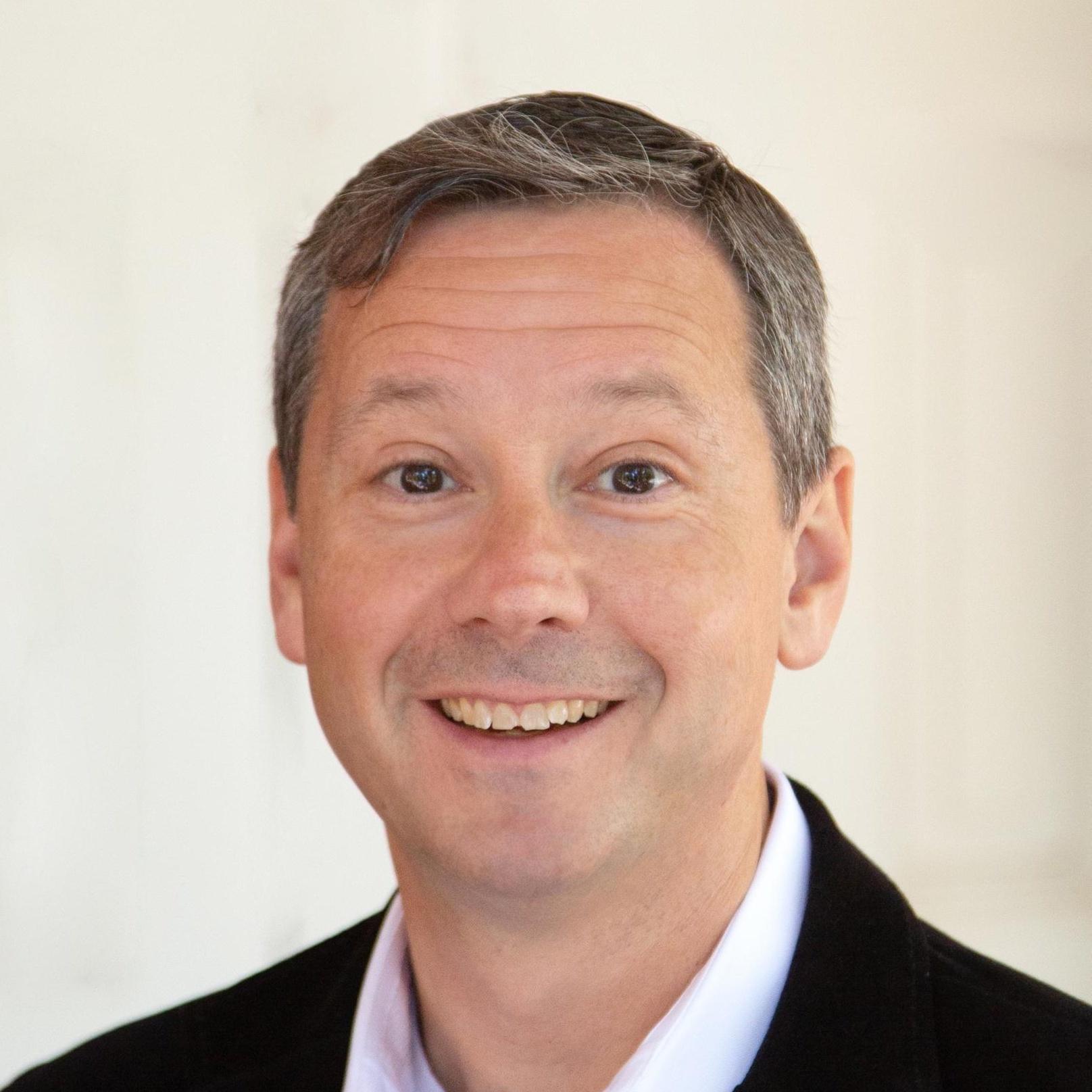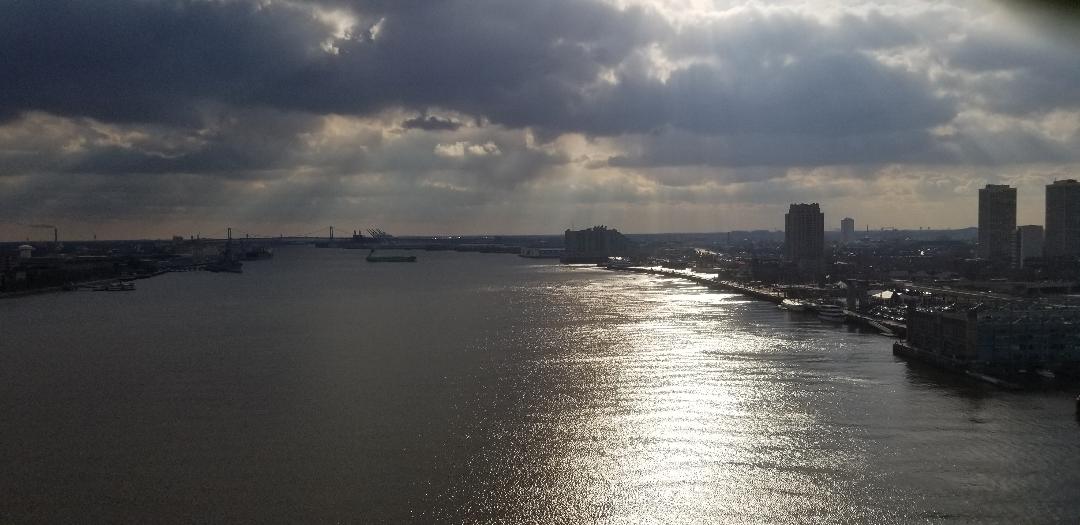This essay is meant to inform youth coaches regarding their handling of unbalanced games. It especially encourages coaches to reflect on the meaning of “mercy,” to become familiar with what their organization’s rules are, and to prepare to implement appropriate mercy adjustments at the appropriate time.
Sports are a wonderful way to bring people together, facilitate activity, and compete. Sports teach many lessons about teamwork, the value of practice and preparation, the need to listen to our bodies, and overcoming adversity. Sports is also an important tool to teach sportsmanship – the fair and generous treatment of others. Sportsmanship is especially valuable in youth sports. Balancing the tension between the (intense and aggressive) desire to win, and the (sensitive and reflective) state of being a good sport can establish early mastery of dialectical forces – forces that appear to be in opposition, but actually complement each other.
While there are infinite ways to encourage “being a good sport,” many youth sports leagues have created “mercy rules” to codify sportsmanship. A Google search of “mercy rules youth soccer” turns up more than 4,800,000 results.
Mercy, according to Merriam-Webster, has two definitions and one “figure of speech” that are relevant for this essay.
- compassion or forbearance shown especially… to one subject to (another’s) power
- compassionate treatment of those in distress
- “at the mercy of” - wholly in the power of, with no way to protect oneself against
The first definition suggests the party in power exercise restraint. This applies to when there is a significant skill, or size, or athleticism different between two teams. The second definition suggests a sympathetic awareness of those in distress, coupled with a desire to decrease the distress. This applies to any situation in which one team is demonstrating discomfort with a lopsided score. The figure of speech is a colloquialism that suggests one party is completely without defense, without agency. This applies only in the most extreme of situations - when one team has become totally overwhelmed and cannot adequately function within the rules of the game.
A review of the first 100 results about “mercy rule youth soccer” demonstrates two types of pages. The first are ‘Mercy Rule’ guidelines from various youth sports associations. The second are opinion pieces about these rules generally, or experiential pieces on how specific situations were handled.
The guideline pieces fall into two categories. The first category is quite concrete. They designate a score differential that triggers the rule, an amount of time into the game when it is applied, and specifics on when in the action the rule takes effect. For instance, it can be the moment the 10th goal is scored in a shutout. Or at the end of a quarter, once the first half is complete, if there is a 6-goal differential. The second category is more abstract. While specific triggers are suggested for enactment of the ‘Mercy Rule,’ how exactly the rule is applied is left up to the coaches and referees. In this category, coaches are encouraged to confer with each other as soon as they “have the sense” that the game is heading in an unbalanced direction. Options include adding players to the field or encouraging players to play positions (or use skills) that would be an ‘extra’ challenge for them.
The opinion pieces have impressive range. Ideas about overprotecting children and the downfall of society are on one extreme. Ideas about firing coaches if they do not have complete control over their 6-year-old players are on the other. My favorite article referred to a team “gaming” the mercy rule – scoring on their own goal, triggering a Mercy Rule that forced the winning team to officially lose.
Some themes from these articles that are valuable:
- Children can learn from adversity.
- Coaches do not have complete control over their players’ attitudes and behavior.
- Lopsided games are teaching moments.
- It is unfair to take talented players out of the game for succeeding – especially if their parents have paid a fee and players are promised equal playing time.
- At most youth ages, coaches will need to be vocal in enforcing rules.
- Most winning coaches are not sadistic…but a few are. Most losing coaches will cooperate with ideas to balance the game…but some will not.
- Involving referees in the application of the less concrete rules is beneficial, perhaps necessary.
I have coached over 30 seasons of recreation soccer and have “been on both sides” of lopsided games. I’ve seen it handled well and handled poorly. I’ve seen it, purposefully and beneficially, NOT handled.
My thoughts:
- If there is a significant differential in size, or age, or athleticism that is apparent during pre-game warm ups, the coaches need to immediately have a discussion. This is the most critical situation, as it is the one with greatest risk for injury.
- As soon as one team is consistently demonstrating a significant advantage over the other team, the coaches should chat. The discussion starts with: Are both teams still having fun? Is the losing team in distress? I coached a 16-5 game during which the losing team was having a great time. I coached a 6-1 game during which the losing team was utterly miserable. If a “losing” coach knows their players (and their players’ parents) are fine, they do NOT need to enact any in-game changes. This decision should be reevaluated in ongoing fashion, including accepting feedback from the opposing coach and the referees. After the game, if the losing coach chose to make no adjustments, they need to “take the heat” if there are any complaints about the score. However, the “winning” coach and referees SHOULD enact some in-game changes.
- Lists of in-game adjustments both coaches can make are simple, easy and readily available. Examples for the winning team include 3 passes required before a shot, or use of non-dominant foot. An example for the losing team is placing an extra player(s) on the field. Cherry Hill FC has a short list of recommendations in their “Mercy Rule” statement. To me, these are the third most effective mercy adjustments.
- Coaches need a couple extra pinnies in their teams’ jersey color. This opens up the possibility of exchanging players with the other team as a competitive balancing measure. To me, this is second most effective mercy adjustment.
- Conferencing with the referees, and having them take an active role, is critical. Calling stricter rules (handballs or offsides, for example) on the winning team helps. Giving more – or all – throw-ins to the losing team also helps. Decreasing the time of the game is a loss for all parties, but especially helpful if it seems there is an increased risk for injury or excessive rough play. To me, these are the most effective mercy adjustments. Referees must be trained by their organizations in the application of these concepts.
Here is a list of some of the sites I looked at (not exhaustive)
Have Mercy - How Coaches Can Manage A Mismatch
The Tricky Challenge of Managing Routs
How To Manage A One Sided Game
Cherry Hill FC Mercy Rule
Why The Mercy Rule Should Be Eliminated In Youth Sports












